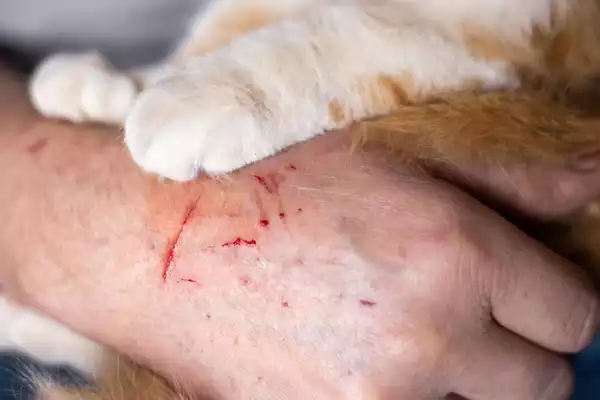An elderly man from Alaska succumbs to Alaskapox, marking the first recorded fatality from this recently discovered viral disease.
About Alaskapox:
- Alaskapox is a double-stranded DNA virus with zoonotic characteristics, primarily spreading among Alaska’s state animals and occasionally infecting humans.
- It belongs to the family of orthopoxviruses.
- Orthopoxviruses, brick-shaped viruses, can infect both animals and humans.
- Known for causing skin lesions or pox; some members include smallpox, camelpox, cowpox, horsepox, and mpox (formerly known as monkeypox).
Discovery and Prevalence:
- First discovered in 2015 in a woman near Fairbanks, Alaska.
- Primarily found in small mammals like red-backed voles and shrews.
- Pets, including dogs and cats, may also carry the virus.
- Seven documented cases in Alaska within the last nine years.
Symptoms of Alaskapox:
- Development of one or more skin bumps or pustules.
- Joint or muscle pain.
- Swollen lymph nodes.
- Most cases result in mild illnesses resolving in a few weeks.
- Individuals with weakened immune systems at risk for more severe illness.
Transmission of Alaskapox:
- Believed to spread through contact with infected animals.
- No documented case of human-to-human transmission.
- Caution advised, and anyone with an Alaskapox lesion should cover it with a bandage.
Protective Measures for Humans and Pets:
- Alaskapox considered a rare illness with mostly mild symptoms.
- Emphasizes the importance of maintaining a safe distance from wildlife.
- Advocates handwashing after outdoor activities.
- Discourages keeping wildlife as pets.
Ref: Source
| UPSC IAS Preparation Resources | |
| Current Affairs Analysis | Topperspedia |
| GS Shots | Simply Explained |
| Daily Flash Cards | Daily Quiz |



